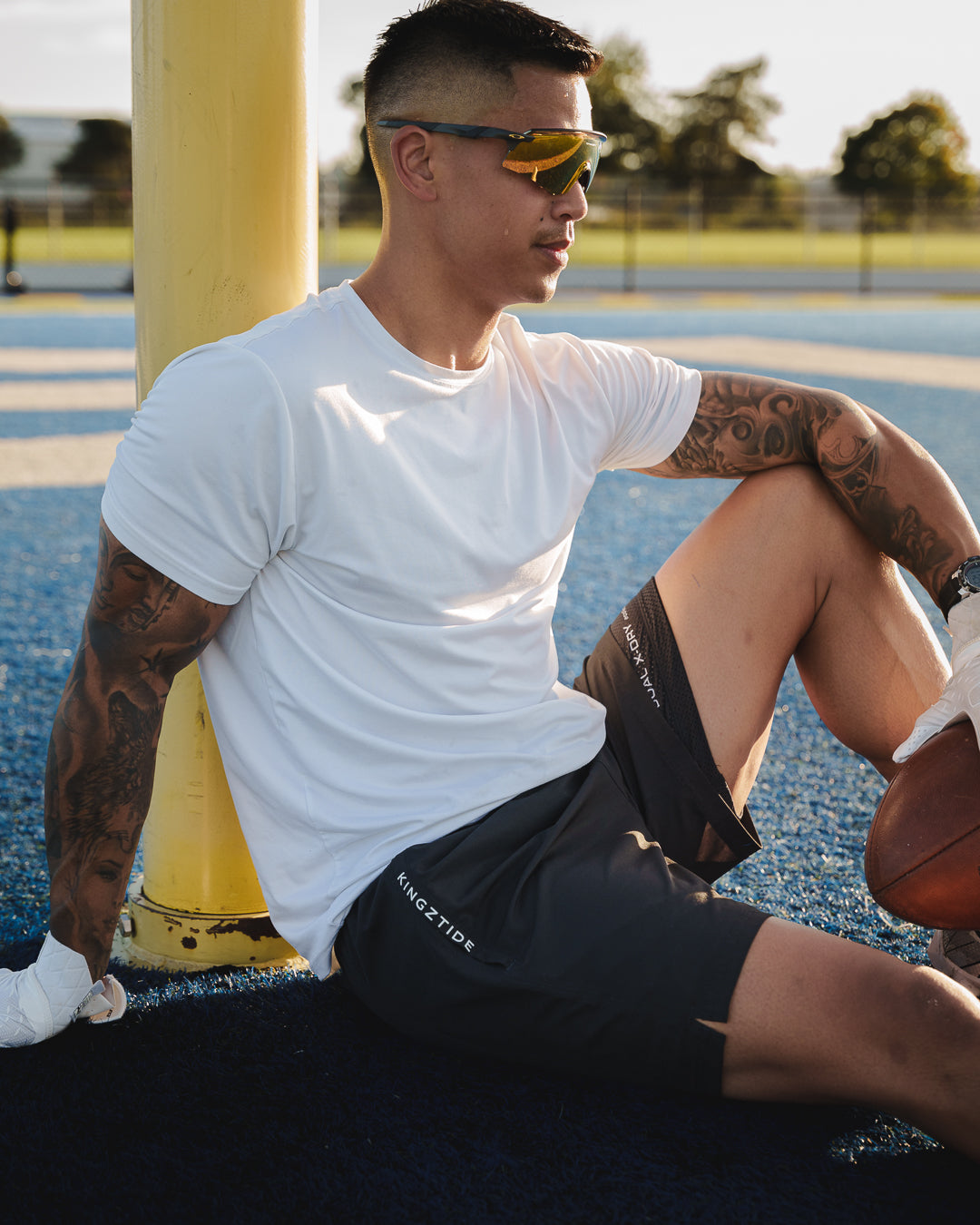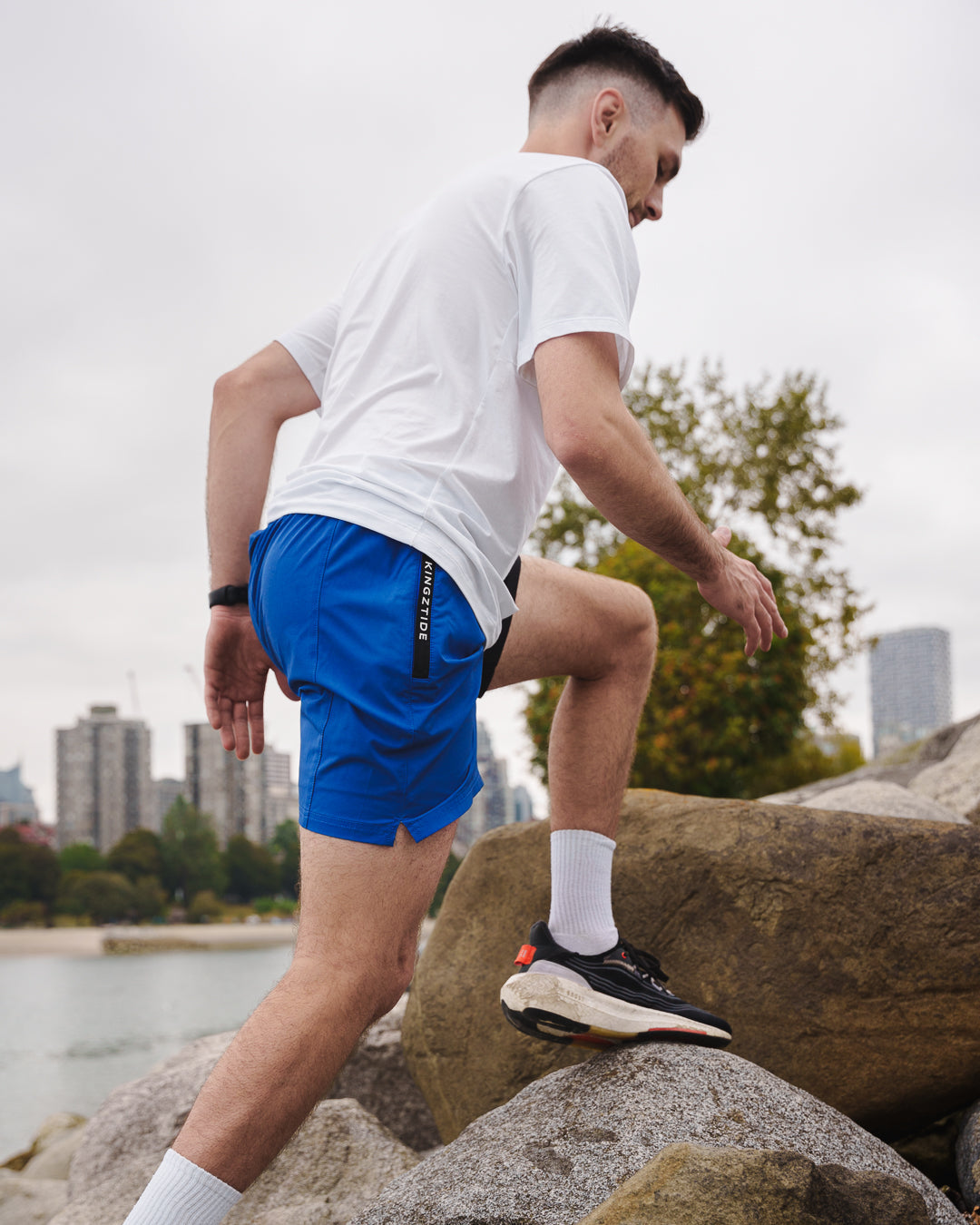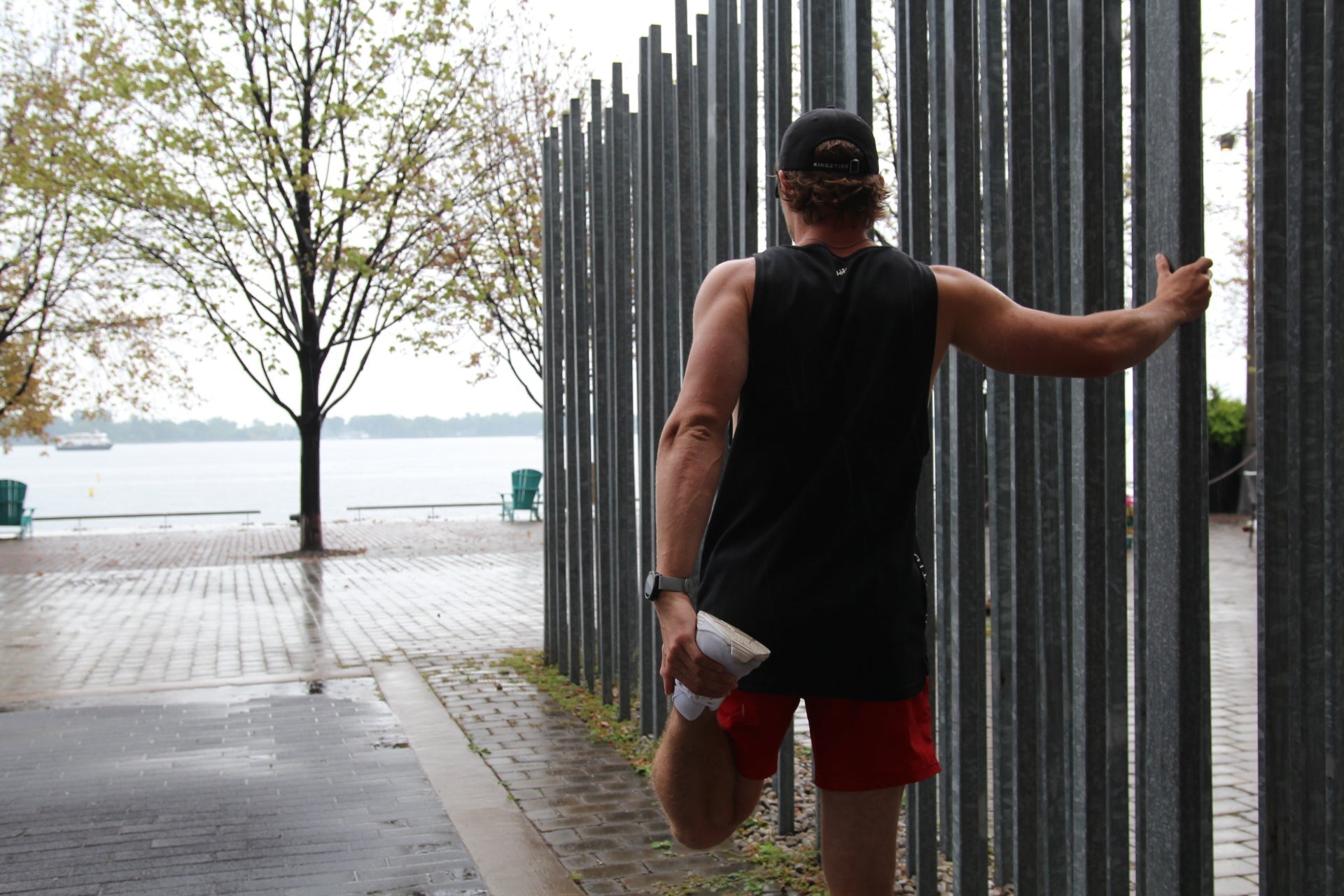
The Hybrid Athlete’s Ultimate Guide to Training Across Disciplines
The Hybrid Athlete’s Ultimate Guide to Training Across Disciplines
In the world of fitness, specialization has long been the norm—runners focus on endurance, lifters on strength, and yogis on flexibility. But what if you could develop all these attributes and become a well-rounded athlete? That’s where hybrid training comes in. A hybrid athlete seamlessly blends strength, endurance, and mobility to perform across multiple disciplines. Whether you're an experienced athlete looking to expand your skill set or a fitness enthusiast striving for all-around performance, this guide will help you build a balanced hybrid training routine.
What is a Hybrid Athlete?
A hybrid athlete is someone who trains across multiple modalities, combining weightlifting, endurance, and mobility work into one cohesive program. The goal is to develop a body that is strong, resilient, and capable of excelling in various physical challenges. Unlike specialized athletes who may prioritize one area at the expense of others, hybrid athletes aim for versatility, ensuring their training supports a well-rounded, adaptable physique.
Key Components of Hybrid Training
To maximize performance as a hybrid athlete, your training should focus on four core areas:
1. Strength Training
Strength is the foundation of all athletic performance. A solid strength base improves power output, reduces injury risk, and enhances overall movement efficiency. Prioritize compound movements such as:
-
Squats: Build lower-body power and endurance.
-
Deadlifts: Improve full-body strength and stability.
-
Bench Press & Overhead Press: Develop upper-body pushing strength.
-
Pull-Ups & Rows: Strengthen the back and grip.
Train strength 3-4 times per week, incorporating a mix of heavy lifts (3-5 reps), moderate hypertrophy work (8-12 reps), and functional movements to enhance athleticism.
2. Endurance Training
Cardiovascular endurance is crucial for sustaining effort over time. Whether you enjoy running, cycling, rowing, or swimming, endurance work enhances stamina and recovery capacity. Key endurance methods include:
-
Zone 2 Training: Low-intensity, steady-state cardio to build aerobic efficiency.
-
Interval Training: High-intensity intervals to improve anaerobic capacity.
-
Tempo Runs or Cycling: Moderate-intensity sessions for sustained endurance.
Aim for 2-3 endurance sessions weekly, balancing short, intense efforts with longer, steady-state workouts.
3. Mobility & Flexibility
A mobile and flexible body moves efficiently and recovers faster. Integrate mobility work into your routine to maintain joint health and prevent injuries. Effective mobility exercises include:
-
Dynamic Warm-Ups: Activate muscles before training.
-
Static Stretching & Yoga: Improve flexibility and recovery.
-
Foam Rolling: Reduce muscle tightness and improve circulation.
Daily mobility work, even for just 10 minutes, can drastically enhance performance and longevity.
4. Recovery
Recovery is just as important as training itself. Without proper recovery, your body won’t adapt and improve. Essential recovery strategies include:
-
Sleep: Aim for 7-9 hours per night to optimize muscle repair and hormone balance.
-
Active Recovery: Engage in light activities like walking, swimming, or yoga on rest days to promote circulation.
-
Nutrition: Prioritize protein for muscle repair, carbs for replenishing glycogen, and healthy fats for overall recovery.
-
Hydration & Electrolytes: Ensure proper fluid balance to prevent fatigue and muscle cramps.
-
Stress Management: Utilize mindfulness, meditation, or breathwork to enhance recovery and overall well-being.
-
Cold Plunges & Ice Baths: Help reduce inflammation and speed up muscle recovery.
-
Saunas & Heat Therapy: Aid in muscle relaxation, circulation, and detoxification.
-
Stretching & Mobility Work: Regular stretching sessions improve flexibility and reduce stiffness.
-
Massage & Foam Rolling: Promote muscle relaxation and break down tight fascia for better movement.
Sample Weekly Hybrid Training Schedule
To balance all four components, structure your week as follows:
-
Monday: Strength (Lower Body) + Zone 2 Cardio
-
Tuesday: Endurance (Tempo Run or Rowing)
-
Wednesday: Strength (Upper Body) + Mobility Work
-
Thursday: High-Intensity Interval Training (HIIT) + Core Work
-
Friday: Strength (Full Body) + Zone 2 Cardio
-
Saturday: Long-Distance Endurance (Run, Swim, or Bike)
-
Sunday: Active Recovery (Yoga, Mobility, Sauna, or Cold Plunge)
Nutrition & Recovery for Hybrid Athletes
Fueling properly and prioritizing recovery is essential. Focus on:
-
Protein: Supports muscle repair and growth.
-
Carbohydrates: Provides energy for endurance training.
-
Healthy Fats: Essential for hormone balance and sustained energy.
-
Hydration & Electrolytes: Prevents fatigue and enhances performance.
-
Sleep & Stress Management: Optimize recovery for peak performance.
Elevate Your Hybrid Training with Kingztide
A hybrid athlete requires gear that adapts to every challenge. Kingztide’s Eco-Adapt activewear is engineered for versatility, designed to perform in the gym, on the trails, and everywhere in between. Built for movement, sustainability, and style, our gear supports you in every step of your hybrid journey.
Train Strong. Go Far. Stay Adaptable.


